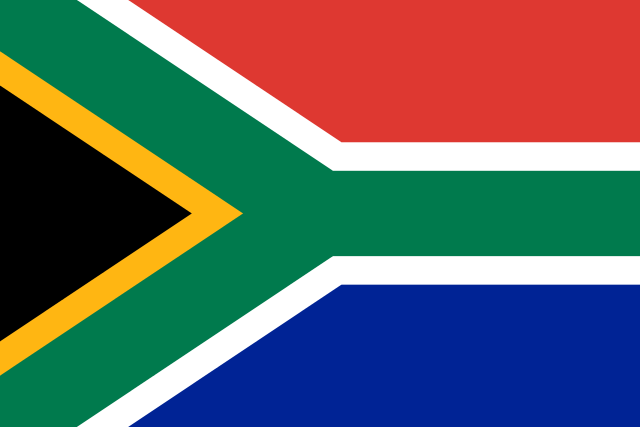What is your favorite rugby team?
The only answer for this question is, of course, the Springboks. Clad in green and gold jerseys atop white shorts, the Springbok team’s mascot is the spry, long-legged antelope native to our country. Throughout their hundred-plus year existence, the Springboks have lived a colorful life and changed with the times–from an unproven, unimpressive squad with a poor track record into a sign of the apartheid establishment, and finally, a symbol that all South Africans could be proud of.
From its earliest days, the springbok was the emblem of South African rugby. Though the first official match occurred in 1862, the first significant rugby tour was not until 1906–following the Anglo-Boer War, which pitted the English and Afrikaans populations against each other. Intended as a reconciliation of sorts, the rugby tour (which visited the British Isles) sought to pave over the lingering resentment and anger between the two sides. Though the tension would later ebb, the event had a different legacy: English-speaking media referred to the South African team as Springboks–by which the team, and all future teams, would forever be known.
By the 1910s, and later, the Roaring Twenties, the Springboks were a rugby superpower. Alongside New Zealand’s All-Blacks, they quickly became known for their Grand Slams, beating four home nations on their own turf in 1912-13, 1932-33, 1951-52. Even New Zealand, traditionally a fearsome rugby superpower, had only achieved a Grand Slam once, in 1978.
During the apartheid years, however, the Springboks were banned from international competitions. At the time, non-white South Africans would even cheer on the opposing side, a gesture of protest against the rampant discrimination. Apartheid cost South Africa its chance to enter several Rugby World Cups, and the national team even faced protests overseas–most notably in New Zealand, where demonstrators bombed players and spectators with flour-filled bags.
Yet the Springboks’ redemption would come from an unlikely source: Nelson Mandela. Taking control of a fractured, divided nation upon his election in 1994, Mandela turned to the Springboks, reassuring white South Africans that their culture was safe, redefining the team’s reputation for a new generation of players and audiences, and ultimately, redeeming the team.
In this, Mandela had help from Francois Pienaar, the hulking blond Afrikaner captain of the Springboks. Though Pienaar grew up in a conservative Afrikaner household, he nonetheless managed to overcome his community’s prejudices and fears, even forging a lifelong friendship with Mandela. The day of the game, Pienaar led the Springboks to their dramatic 1995 victory over New Zealand’s All-Blacks.
Yet Mandela himself also played a large role–not simply with his refusal to retaliate in kind for all the injustices that had been inflicted on him, but also with a clever move: on the day of the 1995 game, Mandela showed up dressed in a Springbok jersey and hat. The predominantly Afrikaner crowd went wild, chanting his name. The enduring image of the time is Mandela, dignified and happy in his Springbok getup, shaking Pienaar’s hand, the Rugby World Cup trophy in hand.
Heady times indeed, and this moment, immortalized in film, helped shape a new nation.
Unfortunately, even amidst this success, one fact remained constant: rugby players, coaches, and staffers were predominantly drawn from South Africa’s white population. To this day, black and colored South Africans, which comprise the vast majority of the population, remain the minority in rugby. This led Sports Minister Fikile Mbalula to push for racial quotas, banning rugby from bidding for international tournaments until the quotas improved.
But today, quotas aren’t the only problems facing the Springboks. A series of losses to traditional rivals, from New Zealand to England and France, has only added to the apathy and decline in popularity among the South African public. Today, more South Africans play rugby outside their nation than within.
While only time will tell whether the Springboks will return to greatness and popular acclaim, but given the past obstacles it’s already faced (and overcome), I still hold out hope.








